Veronica Brady reviews 'Billy Two-Toes’ Rainbow' by Hugh Atkinson, 'The Same Old Story' by James Legasse, 'Force and Defiance' by Gedaliah Shaiak, and 'Pacific Highway' by Michael Wilding
‘Even when there’s simultaneity,’ as one of Michael Wilding’s characters says, there’s still linearity that needs to be found, and linearity is difficult to find in this group of books. So, it is better, as Wilding’s book also suggests, to let the books perform and then see the pattern they make.
Pacific Highway, in fact, is a kind of haiku novel, which coheres into a single expressive emblem, the emblem of the dance its narrator offers us at the end. It begins and ends on a beach, stretching clean and clear and its casual rhythms express the lives of the people who live carelessly and easily nearby. But it also a metaphor as well as a beach, and its people need to defend themselves from all the other competing fantasies that seek to invade and pollute it, work and wars; money and propriety, and in this sense it climaxes in the fantasy of the flying-saucer landing which leads to the CIA-Real Estate Development invasion of the beach. The beach wins, though, and the story concludes with the lighthouse standing white and beautiful with an osprey circling above it and a whale spraying ‘a peacock’s feather gauze of soft spray across the sea’. So, the plot is the pattern and the pattern the plot. Unusually for Wilding, who often seems to me to labour these things, these is an air of spontaneity about all this, as if for once he’s prepared to trust his lyrical sense, to delight in language and in the shapes it makes, to be more intent on this shaping process than on his audience.
Continue reading for only $10 per month. Subscribe and gain full access to Australian Book Review. Already a subscriber? Sign in. If you need assistance, feel free to contact us.



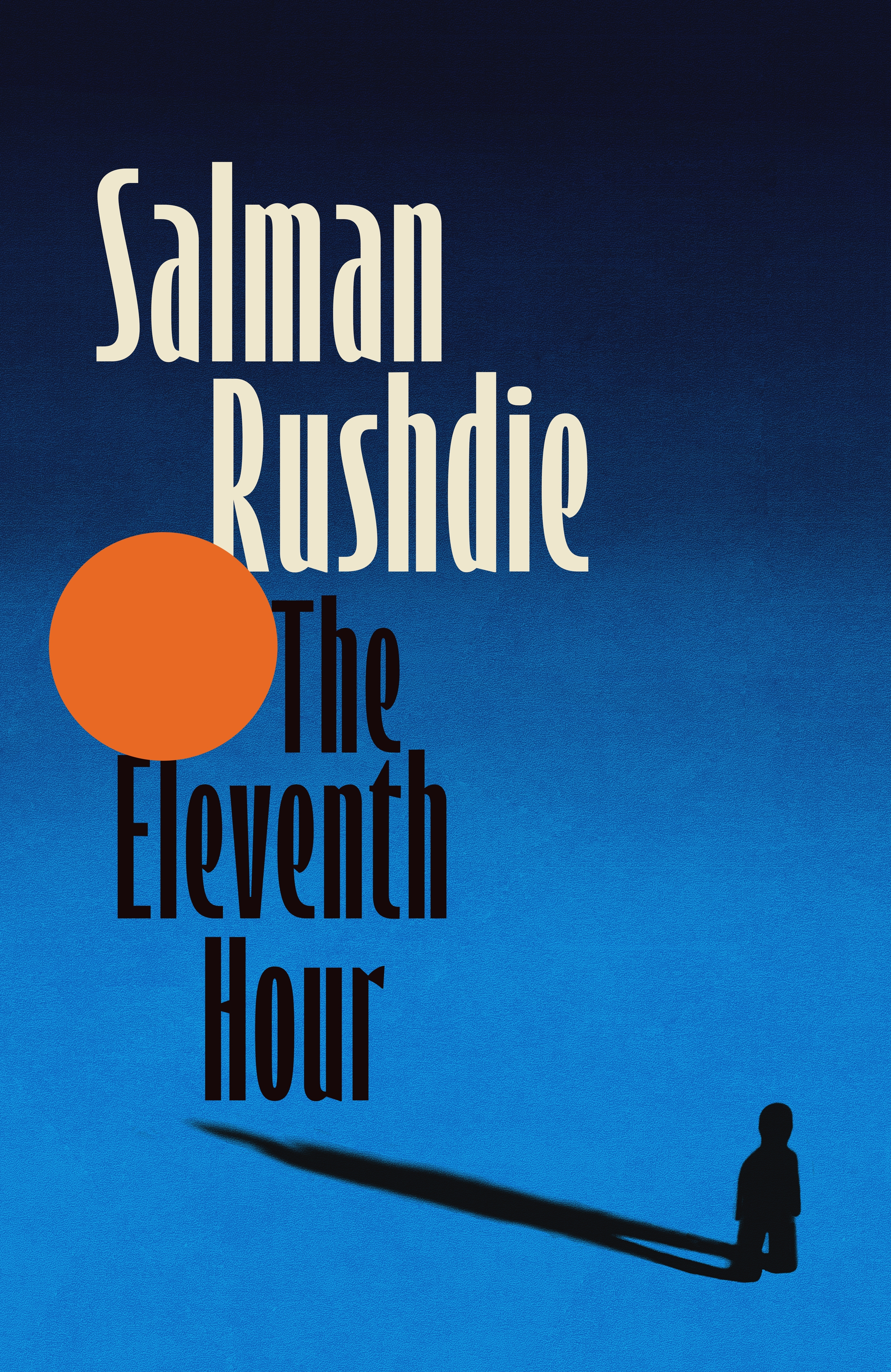
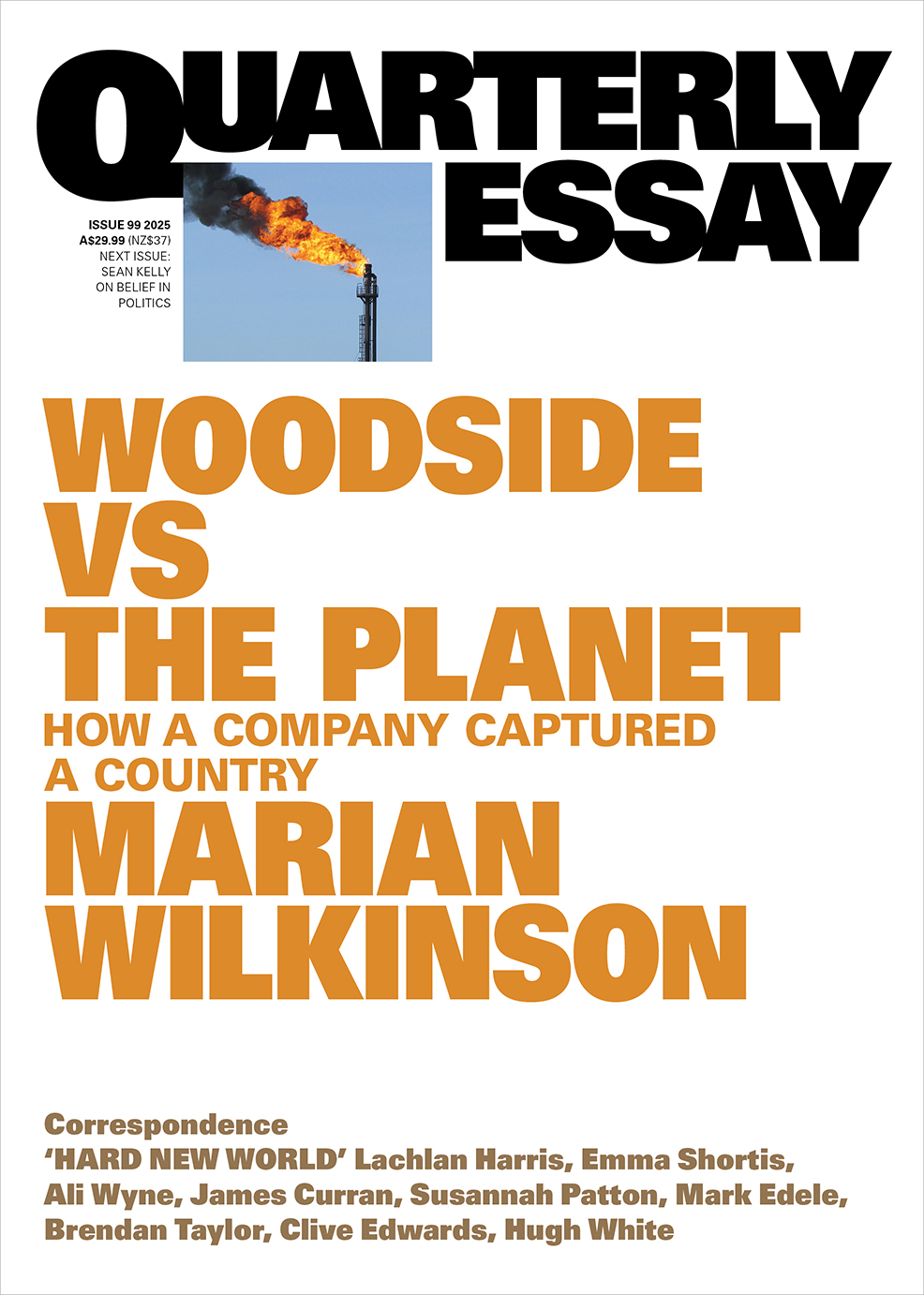
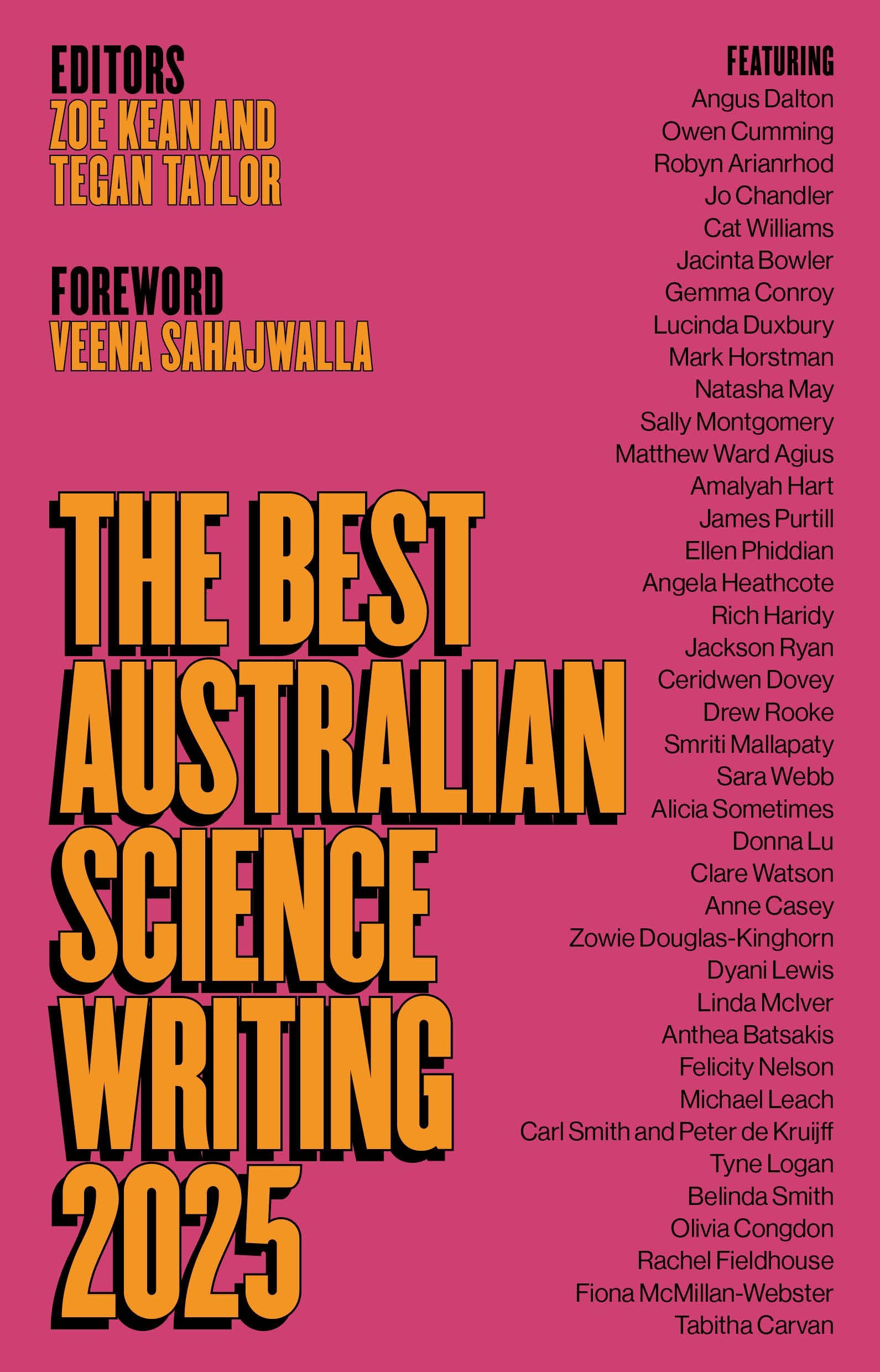
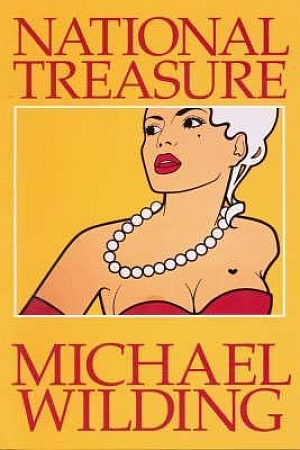
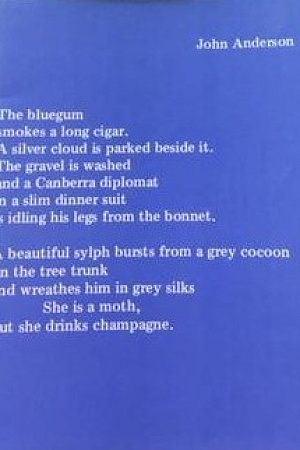

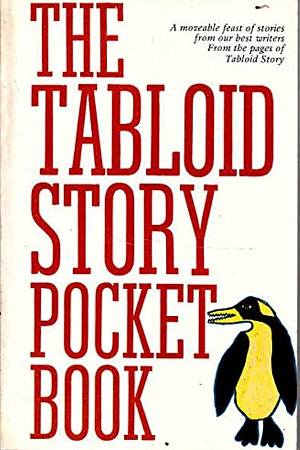
Leave a comment
If you are an ABR subscriber, you will need to sign in to post a comment.
If you have forgotten your sign in details, or if you receive an error message when trying to submit your comment, please email your comment (and the name of the article to which it relates) to ABR Comments. We will review your comment and, subject to approval, we will post it under your name.
Please note that all comments must be approved by ABR and comply with our Terms & Conditions.